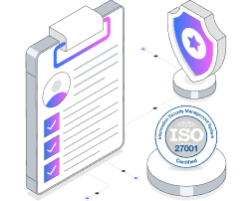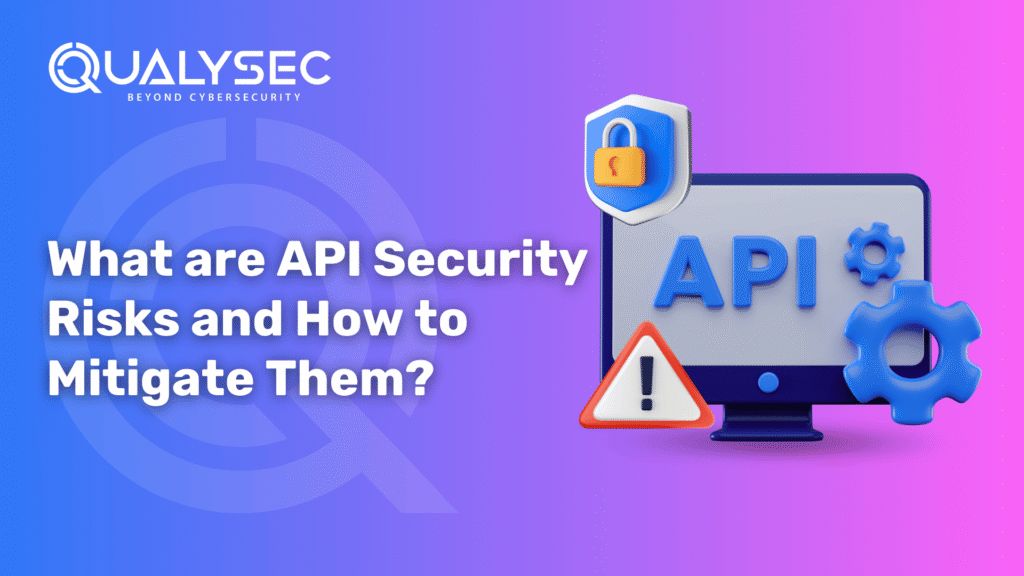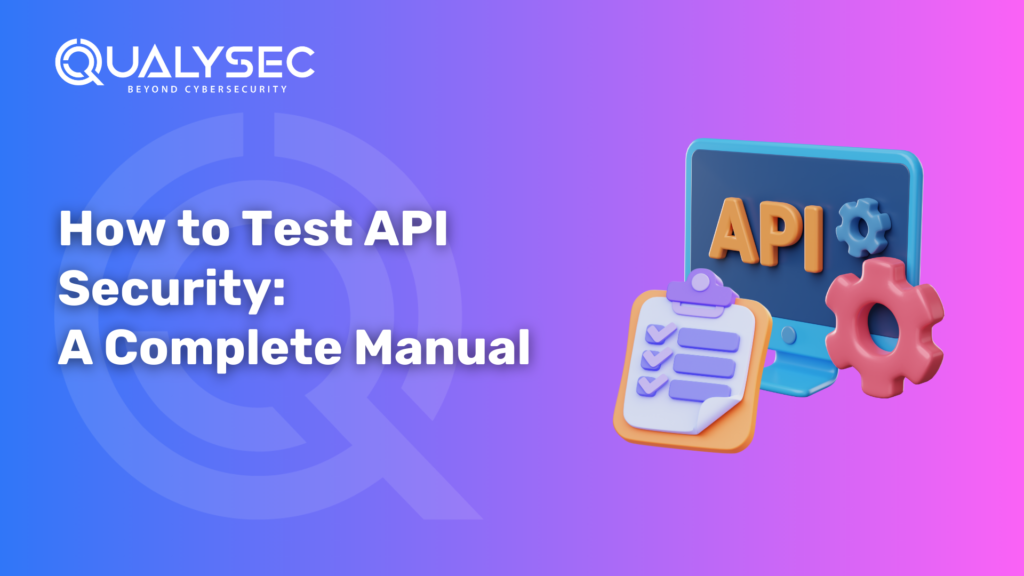What are API Security Risks and How to Mitigate Them?
API Security Risks are on the rise at an alarming rate, as 57 percent of organizations have had APIs exposed in the past two years and have become victims. Meanwhile, 37% of companies experienced API security incidents in 2024, up from 17% in 2023. Almost 61% of these unauthenticated attackers were able to access their API without using a security protocol. Indeed, generative AI risks will expand attack surfaces for organizations, but API abuses are predicted to become the most common attack vector in 2025. This indicates the importance of having a strong defense for the APIs. But how to get started? Let’s find out! Top Api security risks and solutions Risk 1: Broken Object Level Authorization (BOLA) Often, an endpoint will allow an attacker to manipulate the ID on which the object is based and thus access unauthorized data (e.g., /users/{id}). For example, changing {id} would allow an attacker to retrieve other users’ sensitive information. Mitigation – Risk 2: Broken Authentication Attackers can compromise tokens, passwords, or API keys, and weak authentication mechanisms are present. These API Security Risks usually arise from insecure storage of credentials, predictable tokens, or a lack of multi-factor authentication (MFA). Mitigation – Risk 3: Broken Object Property Level Authorization This happens because of the use of APIs that expose too much data or allow mass assignment (e.g., allowing mass assignment of user roles). They abuse this to tweak sensitive properties. Mitigation – Risk 4: Unrestricted Resource Consumption If they have no rate limiting, APIs are a perfect target for Denial-of-Service (DoS) attacks. An attacker bombards servers with many more requests than intended, causing downtime, heavy operational costs, or even complete service termination. The API Security Risks of being attacked by advanced Distributed Denial of Service (DDoS) attacks are more complex, as the traffic can come from multiple sources to orchestrate it, making DDoS mitigation even more challenging. Mitigation – Risk 5: Broken Function Level Authorization When permissions are complex, they are often misconfigured, and attackers can use admin functions, such as deleting users or changing system settings. For example, attackers may exploit endpoints that lack role-based control by modifying HTTP methods. It grants the ability to enter unauthorized operations, which may result in data breaches or service disruptions. Mitigation – Latest Penetration Testing Report Download Risk 6: Unrestricted Access to Sensitive Business Flows High-value workflows (such as ticket purchases) can be automated through API’s, without anti-abuse measures, making the automated API’s vulnerable to attack. Attackers then use bots to buy bulk inventory and scalp it, making fair access difficult and damaging the brand’s reputation. Mitigation – Use CAPTCHA, behavioral biometrics, or other methods to distinguish humans from bots. A sudden rise in the purchase volumes is something to be aware of. Limit the number of concurrent sessions to prevent automatic bulk processes. Risk 7: Server-Side Request Forgery (SSRF) The nature of the problem in API Security Risks is SSRF flaws, which allow attackers to manipulate APIs to read malicious URLs. This can, in turn, bypass firewalls and allow interaction with internal systems, such as databases or cloud metadata. Take, for example, an API that accepts URLs provided by users for processing images, which could be tricked into fetching sensitive AWS credentials. Mitigation – Enforce allow lists for trusted domains and block lists private IP ranges (e.g., 10.0.0.0/8). Using regex filters, validate user inputs to reject non-HTTP/HTTPS URLs, and force their selection to be an HTTP URL or a HTTPS URL. Isolated and inspected sandbox external requests to the fetched content. Risk 8: Security Misconfiguration Misconfigurations of security defaults, unpatched software, and overly permissive CORS policies are some of the primary reasons APIs are victims to security misconfigurations. For instance, allowing PUT and DELETE HTTP methods will increase the attack surface because things can be deleted, and error messages that contain sensitive information also contribute to this increase. These flaws allow an attacker to exploit unhardened systems as well as intercept data through misconfigured TLS. Mitigation – Get rid of features that don’t get you extra security, like DEBUG mode and extra HTTP methods. Restrict the amount of XSS by whitelisting trusted domains & forbidding wildcard (*) origins. Use tools like OWASP ZAP to automate configuration audits and identify what is different from the configuration hardening benchmarks. Try to send security headers such as Content-Security-Policy to prevent data exfiltration and XSS attacks. Risk 9: Improper Inventory Management Unused API inventories can be either shadow API (unpublished endpoints) or deprecated versions in API Security Risks, which do not have security patches. The 2022 Optus offence is a perfect example of how attackers use forgotten endpoints to attack: an unsecured API exposed 11.2 million customer account records. Mitigation – Maintain a centralized, version-controlled API penetration testing registry with date and environment tags to support versioning and deprecation schedules. Tools used to automate discovery should be set up to detect rogue endpoints in real-time, using discovery tools like API security gateways, even if this functionality is not available on all platforms. To enforce requests against undocumented routes, reject requests to undocumented routes, and align with documented behavior. Risk 10: Unsafe Consumption of Third-Party APIs Using third-party APIs comes with security risks, including API Security Risks of data leaks, SSRF attacks, and supply chain compromises. For instance, OSNIS considers offending SDKs or deprecated API versions of a vulnerable system that can allow an attacker to pivot and access primary systems to expose sensitive data or disrupt operations. Mitigation – Apply strict input/output schemas to validate and sanitize all third-party data inputs and outputs. All these data types will be unavailable to rendering code, and therefore, their validity and alignment with good patterns will allow rendering code to load. Use SCA tools (e.g., Snyk) to monitor dependencies and detect vulnerabilities (e.g., Log4j). Authenticate third-party interactions with enforced mutual TLS (mTLS) to prevent them from being spoofed or attacked in the middle. Regular vendor risk assessments and restricting third-party access to only necessary endpoints are performed using the least privilege





